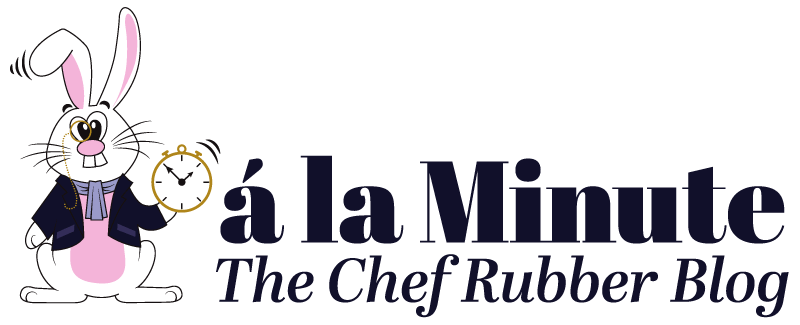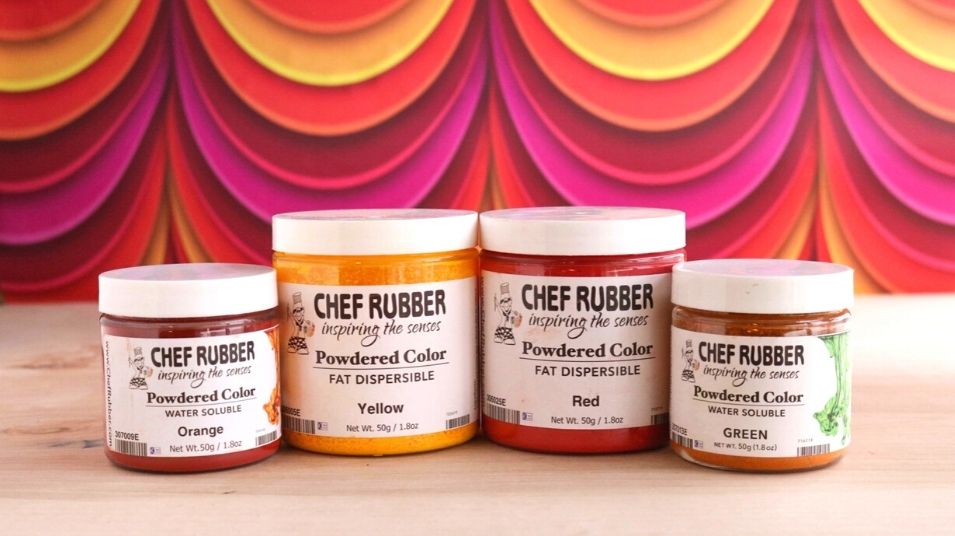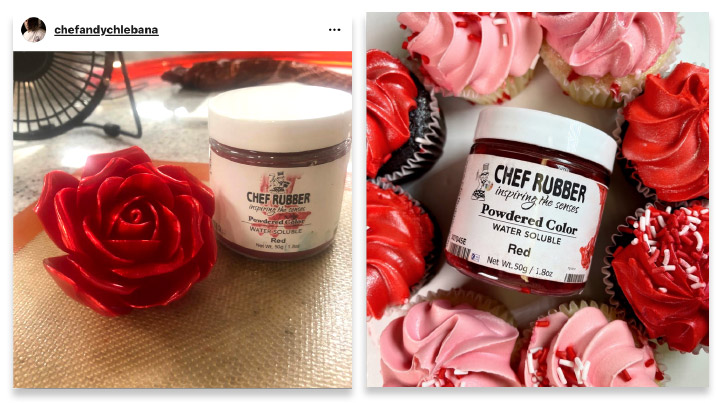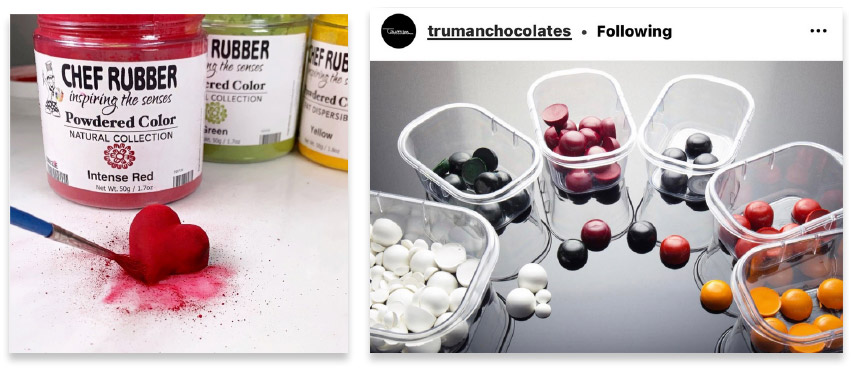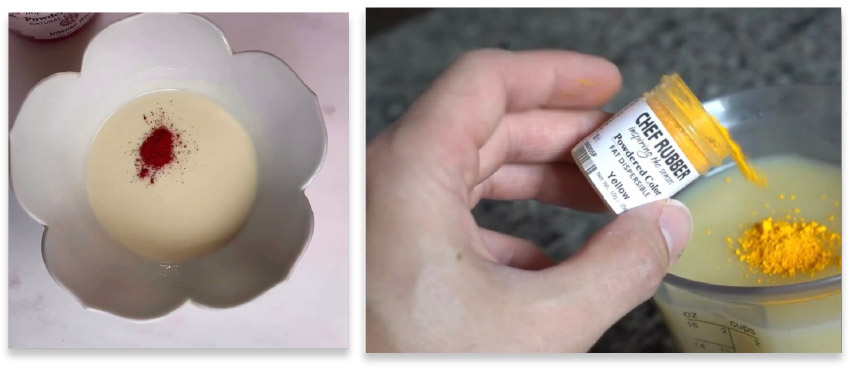WAYS FOOD POWDER COLORS CAN BE UTILIZED
09/6/2021
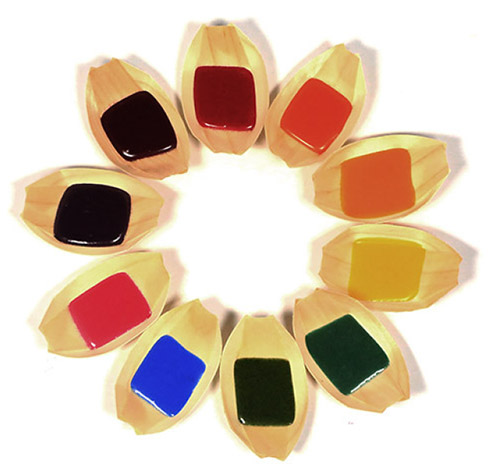
FIRST THINGS FIRST
What are food powder colors?
Food colors play a huge role in how we choose what we eat. It is often the very first thing we notice when looking at the appearance of a food product. Since children we are very quick to assume that a certain color will denote the flavor. For example the color red may be used to indicate the flavor of a cherry or strawberry. It is easier for the consumer to be led by the color that is displayed.
Colors in their raw form are usually in a powder consistency, usually referred to as lakes and dyes.
Wait, huh? Lakes and dyes? What are these?
If you are like me when I first entered the world of food color, I was unsure of what these two terms meant.
Lakes refer to colors that are fat dispersible. Dyes refer to water soluble colors.
In the food world we have 2 main color categories, artificial and natural colors. For centuries natural colors have been used to enrich the appearance of many things other than just food. So why even play with the idea of using artificial colors, when we have natural colors available?
One of the largest reasons is cost. Going green, means paying more green. This is why large manufacturers opt for artificial colors. Instead of going full natural. However shelf life also plays a key role in the deciding factor.
Natural colors have a much shorter shelf life than artificial colors. Have you ever used natural colorants, and left them out under artificial or natural lighting just to find out the color is already fading? This is completely normal! To help maximize pigmentation we suggest keeping natural colorants in a cool, dark place.
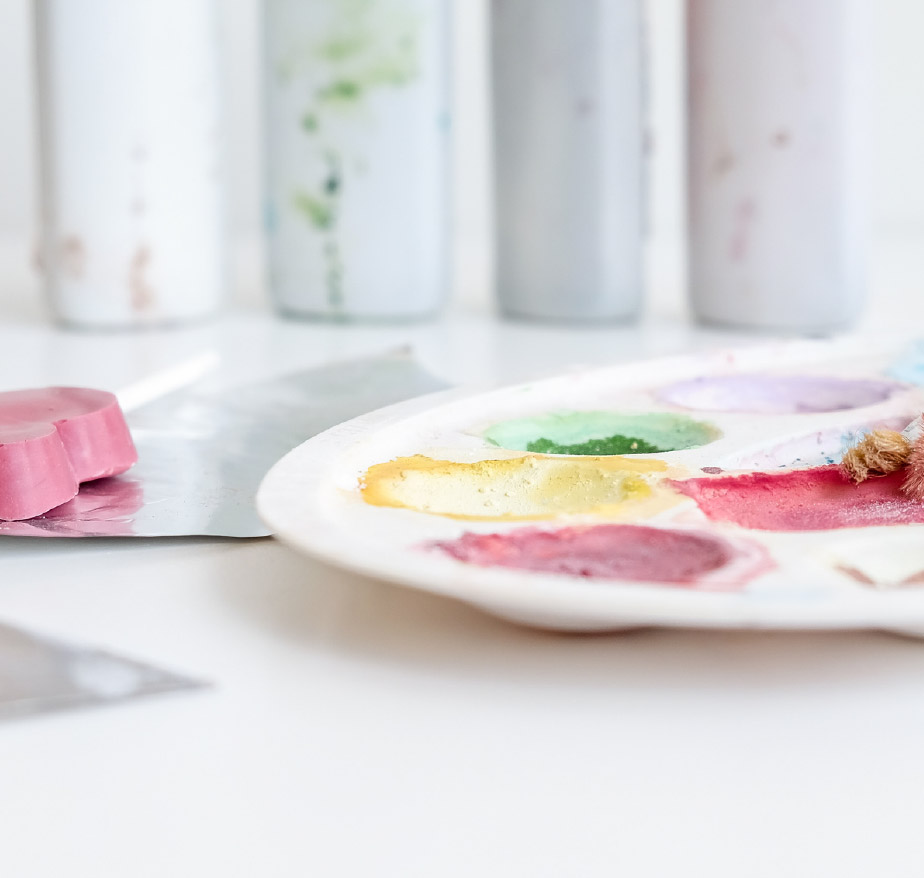
HOW TO USE POWDER COLORS
Finding powder colors is not as easy as going to your local grocery store or even craft store. Usually these types of food colors can be found online, through specialty stores.
Because there is no liquid or other ingredients diluting the color, you will experience the strongest form of food color.
Both powders can be used by mixing in with other ingredients, or simply using a brush to dust on the color.

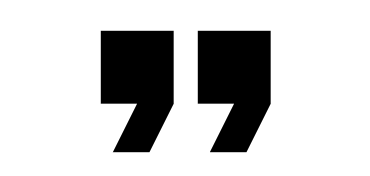
There is no liquid or other ingredients in food powder colors, resulting in the highest possible pigmentation.
POWDER COLOR APPLICATIONS:
FAT DISPERSIBLE
Dis・pers・i・ble: Adjective. To spread or distribute widely.
The name explains it all. Fat dispersible powders are normally used in any fat based application. What does that mean?
Things containing higher fat content, may not mix well with water soluble colors that require a water based liquid.
Butter, shortening, cocoa butter, chocolate, etc. are the perfect carriers for these colors.
Fat dispersible powders are matte and opaque in appearance and can be used to:
- Color: chocolate, butter cream, cocoa butter, butter, etc
- Dust: Color dust chocolate, cookies, cakes, fondant, modeling chocolate, etc.
- Paint: Mix with a fat liquid like cocoa butter to paint on fondant, modeling chocolate, and chocolate moulds.
* Side note: we do recommend starting slow, colors develop over time!
* Side, side note: mix powder colors with a liquid in your recipe for a smooth color application.
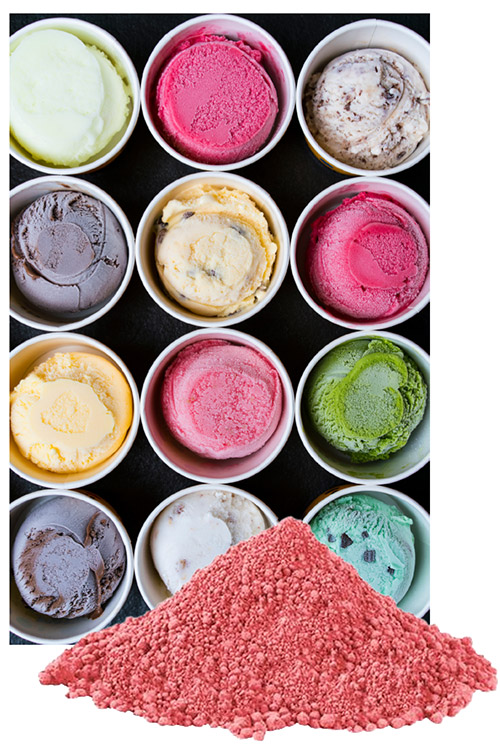
WATER SOLUBLE
Sol・u・ble: Adjective. Able to be dissolved, especially in water.
Water Soluble powders – the true ninja of color. At least in our book it is! When you least expect it, BOOM! Color explosion everywhere.
This is the highest form of color potency available. You only need a speck of color to start building the desired shade (remember to start small).
These colors develop overtime and can become immensely stronger and more vibrant.
Water soluble will NOT work for coloring fat based items like chocolate and cocoa butter.
These are great for macarons, fondant, royal icing, sugar, gummy candies, etc.
Water soluble powders are not as opaque and are not matte like fat dispersible powders. The color appears when they are dissolved and absorbed in a liquid solution.
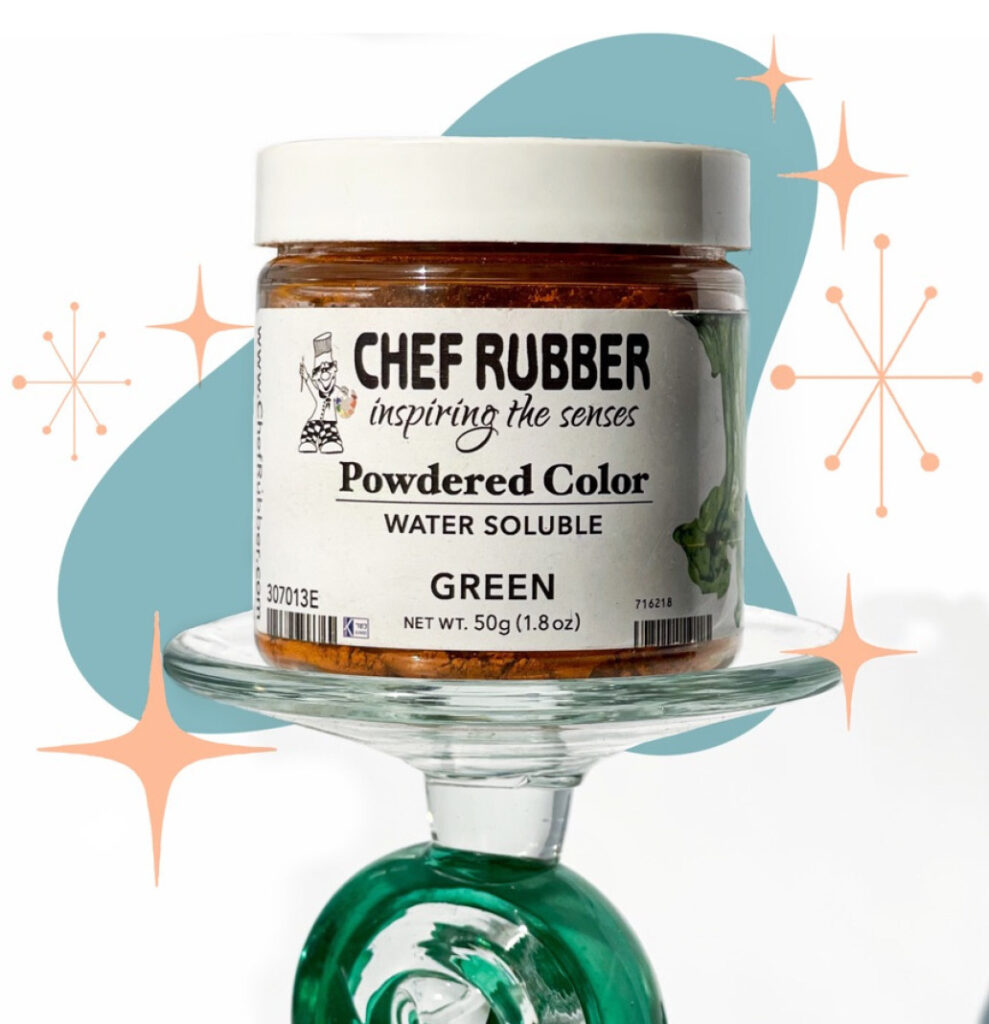
WATER SOLUBLE EXAMPLES

- Sugar- Mix powder color with dry sugar and activate when mixing ingredients together.
- Isomalt- Mix powder color with small amount of water, then add to isomalt.
- Macaron batter- Mix your egg whites first and then add the color in the beginning stages to allow color to aerate.
- Frosting- Hydrate small amount of powder color in flavoring, then add to recipe and mix together.
- Icings- Same process as frostings.
- Glazes- Hydrate color with water used in recipe at beginning stages, or add color after a large batch of glazehas been made and activate color with a few drops of water before adding to glaze.
- Cake- Mix powder color with wet ingredients, then continue with cake recipe instructions.
- Dough- Add a sprinkle of color when mixing water and yeast in the beginning stages, allows color to open up.
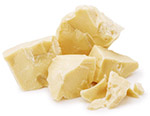
FAT DISPERSIBLE EXAMPLES
- Dusting- Using a brush of your choice you can dry dust chocolate, modeling chocolate, and fondant pieces.
- Paint- Mix with a liposoluble solution to make your own oil painting colors (most commonly mixed with cocoa butter).
- Mix- Mix powders with items such as butter, oil, shortening and white chocolate.
WHAT HAPPENS?
When you mix oil based powder color with water?
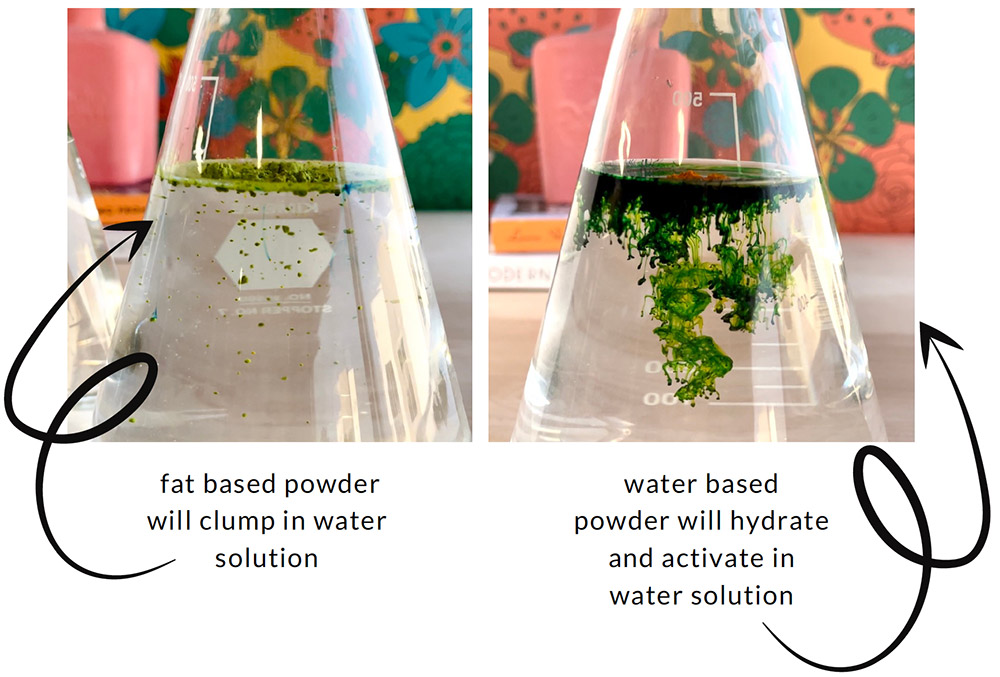
WHAT ABOUT THE OTHER WAY AROUND?
Can you use water based colors in fat based products?

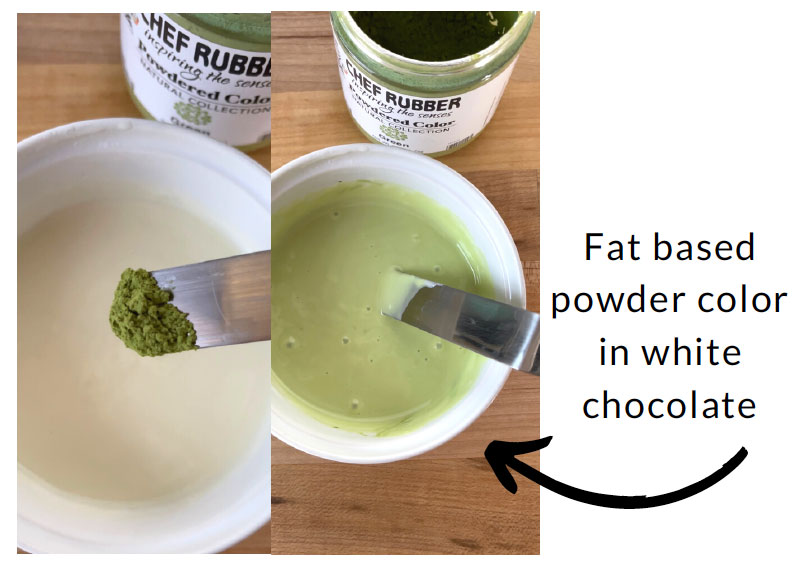
Both of these are the color green!
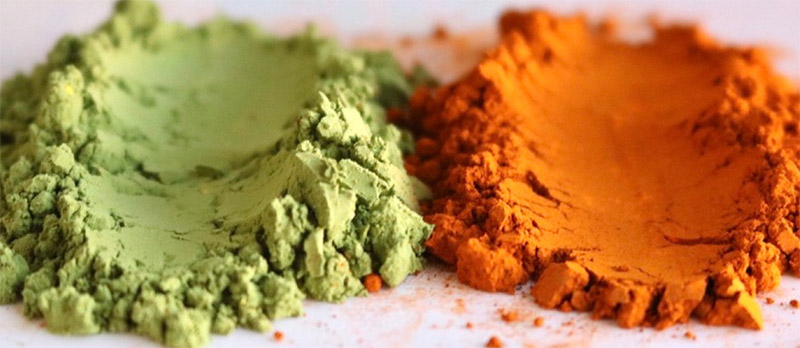
Fat dispersible powder
Water soluble powder
Related Videos

